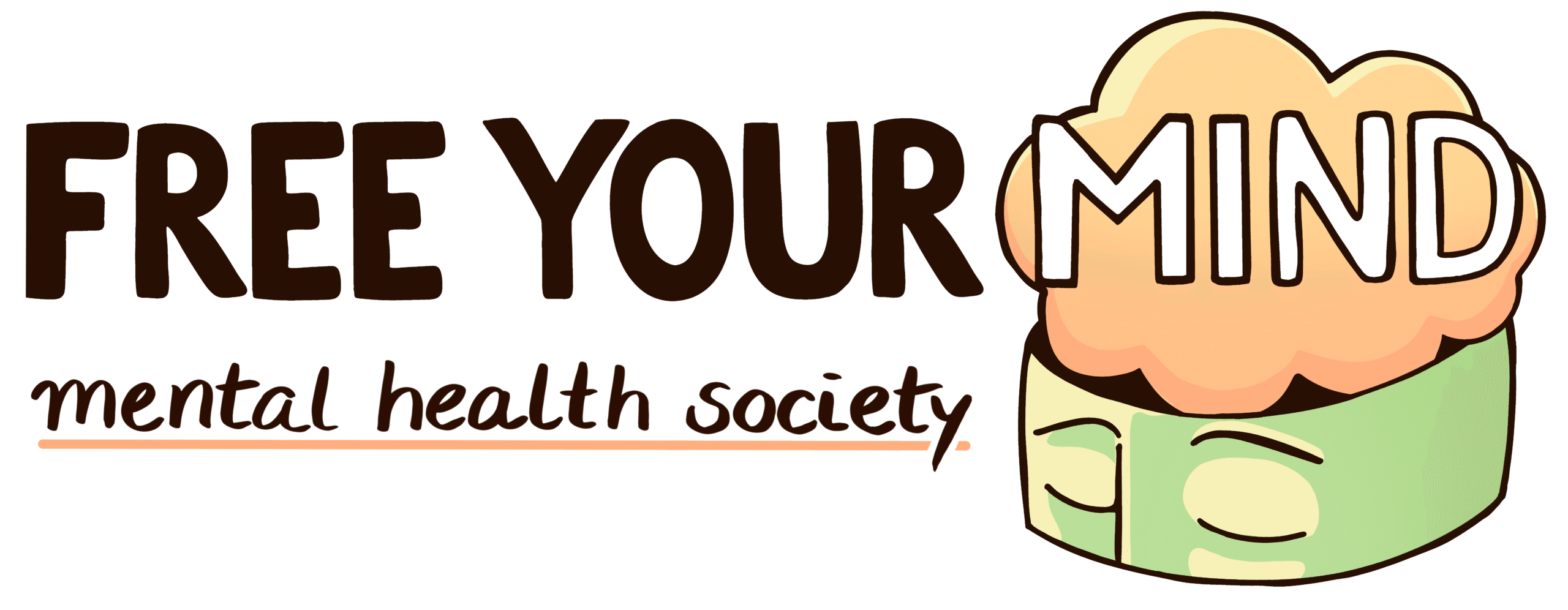Hello, and welcome to another blog post. Today, I wanted to discuss a topic of great interest to me: Trauma, PTSD, and fear response regulation.
Understanding Trauma and PTSD
Trauma affects millions of people worldwide, often reshaping how they experience and interpret the world around them. While its psychological and physical impacts are widely recognized, scientists continue to uncover the biological mechanisms that underlie trauma-related disorders. Understanding these mechanisms opens the door to more targeted, effective treatments—especially in conditions like PTSD, where fear responses are heightened and often misdirected.
What is PTSD?
Trauma is defined as any deeply disturbing experience that triggers feelings of fear, helplessness, dissociation, or confusion, and can negatively impact an individual’s daily functioning long after the event has passed (American Psychological Association, n.d.-b). Traumatic experiences often disrupt a person’s basic sense of safety, fairness, and predictability in life. One common consequence of trauma is post-traumatic stress disorder (PTSD)—a condition that can develop after someone lives through or witnesses a life-threatening or dangerous situation (American Psychological Association, n.d.-a).
To receive a PTSD diagnosis, individuals typically exhibit several key symptoms: reliving the trauma through flashbacks, intrusive thoughts, or nightmares; avoiding people, places, or activities that serve as reminders of the trauma; feeling emotionally numb or detached from others; and experiencing heightened physiological arousal (American Psychological Association, n.d.-a). This can include an exaggerated startle response, difficulty sleeping or concentrating, and persistent feelings of guilt for having survived the event when others did not.
The Problem of Generalized Fear Responses
Both PTSD and anxiety disorders can cause people to overreact to stimuli that pose no actual threat, creating a persistent state of hypervigilance and inappropriate fear responses (Dimmer, 2025). This raises an important question: What biological factors influence these responses, and can they be regulated to reduce symptoms?
The Role of the Endocannabinoid System
This is where the endocannabinoid system becomes highly relevant (Dimmer, 2025). This system, which interacts with the same receptors activated by cannabis, plays a key role in regulating the release of neurotransmitters in the brain. Of particular interest is 2-AG (2-arachidonoylglycerol), a naturally occurring endocannabinoid that appears to help regulate fear responses.
What the Research Says
Recent research involving both mice and humans has shown a clear link between 2-AG levels and fear generalization (Dimmer, 2025). In mice with reduced 2-AG, researchers observed increased and exaggerated fear responses. Using fiber photometry, scientists were able to track brain activity and found that lower levels of 2-AG correlated with greater fear generalization.
In parallel human studies, the same pattern emerged: individuals with lower 2-AG blood levels also exhibited greater fear generalization (Dimmer, 2025). These findings strongly suggest that 2-AG acts like a natural filter, helping the brain separate real threats from false alarms.
A Path Toward Better Treatments
This discovery has profound implications for treating anxiety-related disorders (Dimmer, 2025). By targeting the endocannabinoid system, scientists hope to develop improved, biology-based interventions that can reduce excessive fear responses in individuals struggling with trauma.
Conclusion: Hope Through Science
In conclusion, trauma’s deep and lasting effects extend far beyond the initial event. But as science advances, so does our ability to understand and eventually treat the biological roots of disorders like PTSD. With promising findings on the role of 2-AG and the endocannabinoid system, we find ourselves one step closer to developing targeted therapies that bring relief to those who struggle daily with the aftermath of trauma.
I hope you enjoyed reading this blog post and learned something new. Wishing everyone a wonderful start to their summer!
References
American Psychological Association. (n.d.-a). Posttraumatic stress disorder. In APA dictionary of psychology. Retrieved May 20, 2025, from https://dictionary.apa.org/posttraumatic-stress-disorder
American Psychological Association. (n.d.-b). Trauma. In APA dictionary of psychology. Retrieved May 20, 2025, from https://dictionary.apa.org/trauma
Dimmer, O. (2025, May 20). PTSD and anxiety disorders may be linked to the body’s natural fear-filtering system. Neuroscience News. https://neurosciencenews.com/ptsd-endocannabinoid-2-ag-28989/
Image Courtesy of Pexels.com
Note: The Free Your Mind Mental Health Society is an independent youth-led organization. The contents of this blog are not intended to be a substitute for professional medical advice, diagnosis, or treatment. Always seek the advice of your physician or another qualified health provider with any questions you may have regarding a medical condition. In the event of a medical emergency, please call your doctor or 911 or other local emergency numbers immediately.

